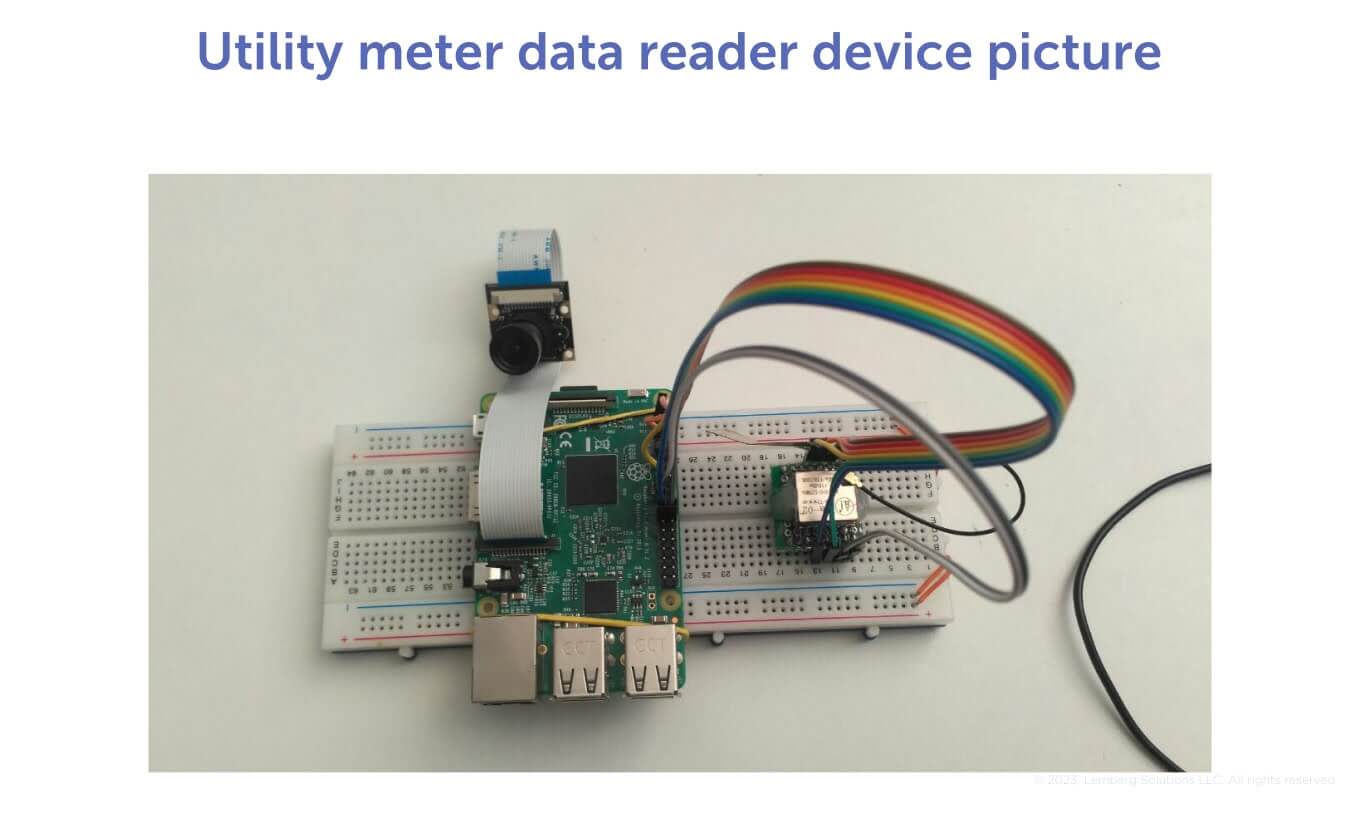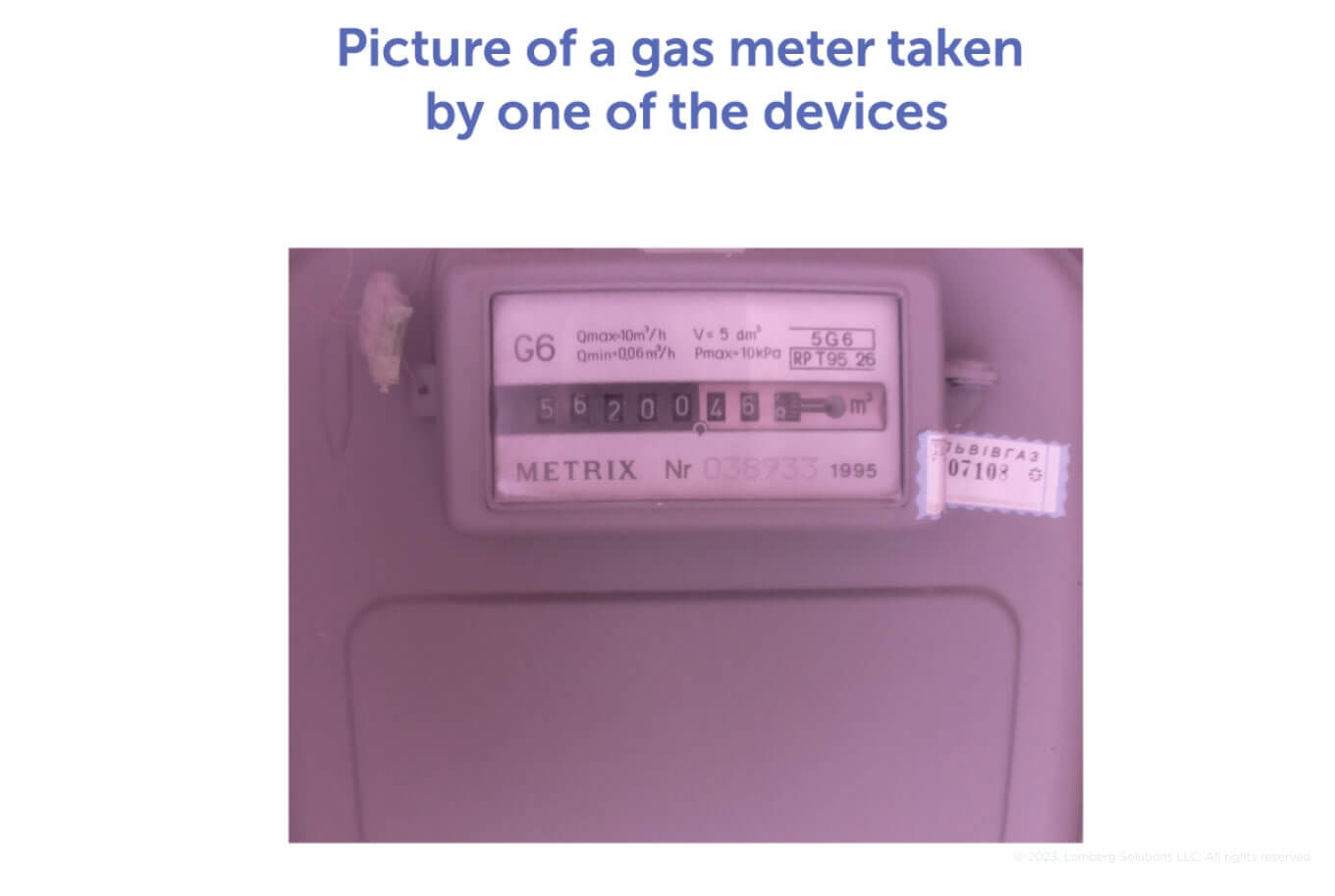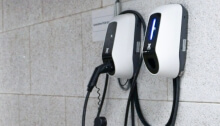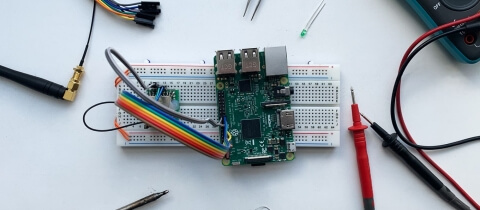The long range wide area network (LoRaWAN) protocol offers a low-power solution for securely transmitting data over large distances.
You can use LoRaWAN to:
- collect data from utility meters (smart home)
- track scooters operated by sharing platforms (smart city)
- track cattle (agro tech)
- connect to smart fire alarms and security systems (industrial IoT)
To cover an even larger area, you can build a LoRaWAN mesh network. Mesh networking allows you to send data across huge distances, as each node acts as a repeater.
Let’s take a closer look at LoRa-based systems and mesh implementations. We’ve built a simple demo — a smart utility meter reader — to illustrate the capabilities of a LoRaWAN mesh network.
Article content
What is LoRa®?
LoRa, a registered trademark of Semtech and short for “long range,” is a spread spectrum modulation technique that enables low-power data transmission across large distances.
Semtech, the owner of LoRa, offers a variety of chipsets:
- SX1272: frequency range 860–1000 MHz
- SX1276: frequency range 137–1200 MHz
- SX1278: frequency range 137–525 MHz
With the RF power configurable up to 25 milliwatts, LoRa lets you send small data packages up to 30 kilometers (19 miles) depending on the environment. You can exceed this distance with more powerful chipsets and antennas. So far, the record LoRa transmission distance is 702 kilometers (436 miles).
Data transmission speed is one of the disadvantages of LoRa. The technology cannot transmit faster than about 5.5 Kbps. This makes LoRa an inefficient solution for use cases that require frequent transmission of large amounts of data.
But if you’re looking to send small amounts of data and don’t need to transmit often, LoRa is the perfect solution:
- Chipsets are inexpensive, with prices starting as low as $3
- The range is impressive at an average of 30 kilometers (19 miles)
- Configurable RF power up to 25 milliwatts (in compliance with most regional standards)
- Immune to radio frequency (RF) interference
In addition, energy consumption can be very low. There are three classes of LoRa chipsets (A, B, and C). A single CR (coin lithium) battery enables a class C LoRa chipset to work for at least a year, while class A chipsets are optimized to work for almost 10 years on the same battery.
And because LoRa has low sensitivity to movement, transmitters don’t have to be stationary. This enables LoRa to be integrated in solutions that collect data from cattle collars, car sensors, and other moving objects.
In the OSI model, LoRa defines the lower physical layer. The upper networking layers are defined by LoRaWAN (long range wide area network) and other custom protocols.
LoRaWAN and LoRaWAN mesh networks
LoRaWAN is one of several protocols that define the upper layers of a LoRa network. It enables routing and architecture for low-power wide area network nodes and gateways. This includes managing device communication frequencies, data rates, and transmission power.
LoRaWAN implements a star network topology: end nodes transmit data to a central server via one or multiple gateways. All devices in a LoRaWAN network are asynchronous and transmit data only when data is available.
To increase the security and range of a LoRaWAN network, you can deploy it as a mesh network. Mesh topology builds in real time, and the optimal routing map is regularly updated. So if one node malfunctions, another node picks up its tasks, preventing network interruption.
Take a look at this LoRaWAN mesh network example. Here, Sensor 1 is an intermediary between Sensor 4 and the network server. If Sensor 1 breaks, the intermediary role is assigned to Sensor 5, and the connection between Sensor 4 and the server is re-established.
Now let’s look at our utility meter reader demo to illustrate how you can benefit from a LoRaWAN mesh network.
Demo: Utility meter reader
The goal of this demo is to automatically collect data from simple utility meters and send it to the network server without having to purchase new smart devices. Our demo consists of three utility meter data readers and a network server in a LoRaWAN mesh network. Data collection happens in three steps:
- Each utility meter data reader has a camera connected to a Raspberry Pi 3B that takes a picture of the utility meter display.
- Computer vision algorithms running on the Raspberry Pi recognize the image as a string of numbers.
- This string is sent to the network server via the LoRaWAN mesh connection.
Components used for the demo:
We chose Ra-02 modules because they are inexpensive, consume little energy, have a comfortable interface, and are widely available.
Here are the block diagram and electrical schematic for the utility meter reader.
The Raspberry Pi and Ra-02 connect via a Serial Peripheral Interface (SPI) and a single digital interrupt pin. The camera is connected to the Raspberry Pi via the standard Camera Serial Interface (CSI-2).
All devices in the network are located about 500 meters (one-third of a mile) from one another. Here’s how one device looks in real life.

The pictures taken by these devices look like this:

Once this image is processed by the computer vision algorithms, the server receives a simple string of numbers via LoRaWAN network nodes. Below, you can see how this data is represented on the server:
 Capabilities of LoRaWAN mesh networks
Capabilities of LoRaWAN mesh networks
A LoRaWAN mesh network offers a reliable method of data transmission. The technology allows for building large, flexible networks that consume little energy. This makes LoRaWAN mesh one of the best ways to collect data from many remote sensors at once.
Lemberg engineers have a lot of hands-on experience with IoT networking solutions. We’re constantly working on demo projects to test out different devices and technologies.
If you’d like to discuss a product idea or want to talk about Lemberg’s IoT expertise, feel free to send Slavic Voytovych a message.







